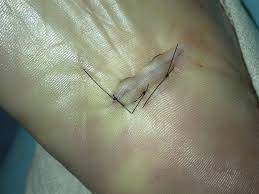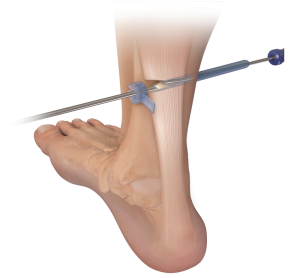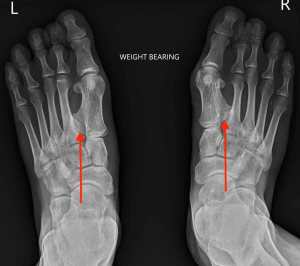
An instep plantar fasciotomy is a surgical procedure that involves cutting a portion of the plantar fascia ligament in the foot to relieve tension and pain. The plantar fascia is a thick band of tissue that runs along the bottom of the foot, connecting the heel bone to the toes. When this tissue becomes inflamed or irritated, it can cause a condition called plantar fasciitis, which is characterized by pain and stiffness in the heel and sole of the foot.
During an instep plantar fasciotomy, the surgeon makes a small incision on the top of the foot, near the base of the toes, and cuts a portion of the plantar fascia ligament. This reduces tension on the ligament and relieves pressure on the affected area. The incision is typically closed with stitches, and the foot is immobilized in a cast or boot for several weeks to allow for proper healing.
While instep plantar fasciotomy can be an effective treatment for plantar fasciitis, it is typically reserved for cases that have not responded to non-surgical treatments, such as rest, stretching, and physical therapy. As with any surgical procedure, there are risks and potential complications associated with instep plantar fasciotomy, and it is important to discuss these with a qualified healthcare professional before undergoing the procedure.


